
Father Damien or Saint Damien of Molokai or Saint Damien De Veuster, born Jozef De Veuster, was a Roman Catholic priest from Belgium and member of the Congregation of the Sacred Hearts of Jesus and Mary, a missionary religious institute. He was recognized for his ministry, which he led from 1873 until his death in 1889, in the Kingdom of Hawaiʻi to people with leprosy, who lived in government-mandated medical quarantine in a settlement on the Kalaupapa Peninsula of Molokaʻi.
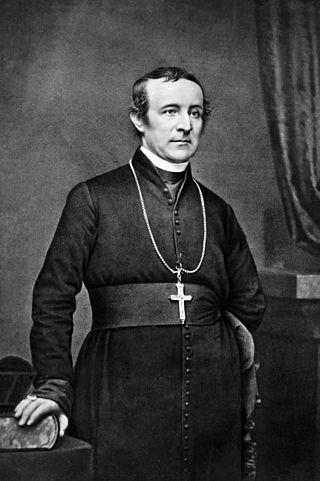
John Joseph Hughes was a prelate of the Roman Catholic Church in the United States. He was the fourth Bishop and first Archbishop of the Archdiocese of New York, serving between 1842 and his death in 1864. In 1841, he founded St. John's College, which would later become Fordham University.

Our Lady of Fátima is a Catholic title of Mary, mother of Jesus, based on the Marian apparitions reported in 1917 by three shepherd children at the Cova da Iria in Fátima, Portugal. The three children were Lúcia dos Santos and her cousins Francisco and Jacinta Marto. José Alves Correia da Silva, Bishop of Leiria, declared the events worthy of belief on 13 October 1930.
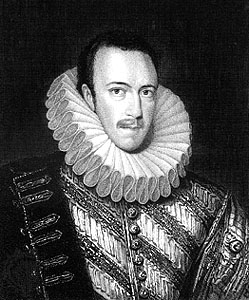
Philip Howard, 13th Earl of Arundel was an English nobleman. He was canonised by Pope Paul VI in 1970, as one of the Forty Martyrs of England and Wales. Howard lived mainly during the reign of Queen Elizabeth I; he was charged with being a Catholic, quitting England without leave, and sharing in Jesuit plots. For this, he was sent to the Tower of London in 1585. Howard spent ten years in the Tower, until his death from dysentery.

Malachy is an Irish saint who was Archbishop of Armagh, to whom were attributed several miracles and an alleged vision of 112 popes later attributed to the apocryphal Prophecy of the Popes.

Charbel Makhlouf, O.L.M., born Youssef Antoun Makhlouf and venerated as Saint Charbel, was a Maronite monk and priest from Lebanon. During his life, he obtained a wide reputation for holiness, and for his ability to unite Christians, Muslims and Druze.

Peter John Kreeft is a professor of philosophy at Boston College and The King's College. A convert to Catholicism, he is the author of over eighty books on Christian philosophy, theology and apologetics. He also formulated, together with Ronald K. Tacelli, Twenty Arguments for the Existence of God in their Handbook of Christian Apologetics.

Benedict Joseph Labre, TOSF was a French Franciscan tertiary, and Catholic saint. Labre was from a well to do family near Arras, France. After attempting a monastic lifestyle, he opted instead for the life of a pilgrim. He traveled to most of the major shrines of Europe, subsisting by begging. Labre is patron saint of the homeless.

Marian devotions are external pious practices directed to the person of Mary, mother of God, by members of certain Christian traditions. They are performed in Catholicism, High Church Lutheranism, Anglo-Catholicism, Eastern Orthodoxy and Oriental Orthodoxy, but generally rejected in other Christian denominations.

The Catholic Church in the Netherlands is part of the worldwide Catholic Church under the spiritual leadership of the Pope in Rome. Its primate is the Metropolitan Archbishop of Utrecht, since 2008 Willem Jacobus Eijk. In 2015 Catholicism was the single largest religion of the Netherlands, forming some 23% of the Dutch people, based on in-depth interviewing, down from 40% in the 1960s.

St. Malachy Roman Catholic Church is a parish church of the Roman Catholic Archdiocese of New York, located in Manhattan on West 49th Street, between Broadway and Eighth Avenue. The parish has served the theatre community in a special way since 1920, and its parishioners have included many actors, such as Bob Hope and Gregory Peck.
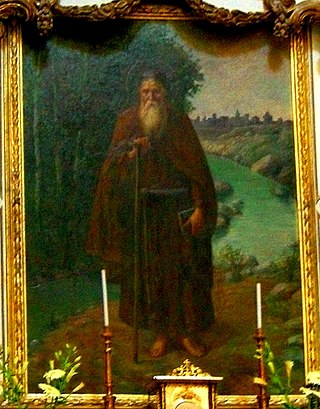
Conrad Confalonieri of Piacenza, TOSF, was an Italian hermit of the Third Order of St. Francis, who is venerated as a saint.

The Diocese of Connor is in the Province of Armagh of the Church of Ireland.

The Shrine of Our Lady of Madhu is a Roman Catholic Marian shrine in Mannar district of Sri Lanka. With a history of more than 400 years, the shrine acts as a center of pilgrimage and worship for Sri Lankan Catholics. The site is considered as the holiest Catholic shrine in the island and is a well known place of devotion for both Tamil and Sinhalese Catholics. The church has been a symbol of unity not just between Tamils and Sinhalese but also between people of different religions, including Buddhists, Hindus and Protestants.
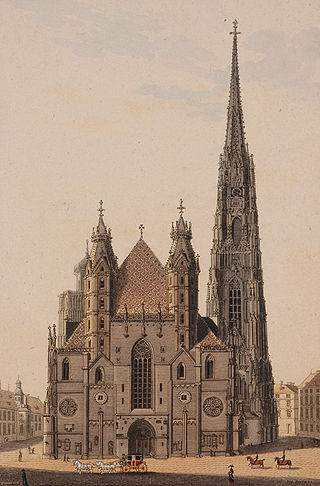
The composer Wolfgang Amadeus Mozart was a Catholic, and the Church played an important role in his life.
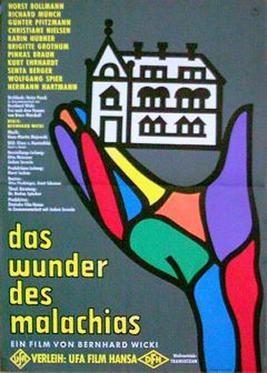
The Miracle of Father Malachia is a 1961 West German black-and-white film directed by Bernhard Wicki and starring Horst Bollmann. The film is based on Bruce Marshall's 1931 novel Father Malachy's Miracle and tells the story of a supposed miracle in a West German town that is soon exploited and sensationalized by the media and profiteers. The film won several awards and was the official West German submission to the 34th Academy Awards for Best Foreign Language Film.

St. Lawrence Shrine Basilica or Attur Basilica is a Roman Catholic church in Karkala, India. It was built in 1759 and is purported to be the site of many miracles. It is by characterized its Attur Jatre or Attur Festival.

Richard the Pilgrim or Richard of Wessex was an English nobleman and Christian saint. He was the husband of Wuna of Wessex and the father of the West Saxon saints Willibald, Winnibald, and Walpurga. He led his family on a pilgrimage to the Holy Land but died en route in Lucca, where he was buried in the church of Saint Fridianus.
Euphrasia Eluvathingal was an Indian Carmelite nun of the Syro-Malabar Church, which is an Eastern Catholic Church in Kerala. Euphrasia is said to have had a vision of the Holy Family, at which point the illness she had long felt ceased. She was canonised as a saint by Pope Francis on 23 November 2014 in Vatican City. Since the beheading of St. John the Baptist is celebrated on 29 August, the feast of St. Euphrasia is postponed to 30 August.

Christianity in the state of Tamil Nadu, India is the second largest religion in the state. According to tradition, St. Thomas, one of the twelve apostles, landed in Malabar Coast in AD 52. In the colonial age many Portuguese, Dutch, British and Italian Christians came to Tamil Nadu. Priests accompanied them not only to minister the colonisers but also to spread the Christian faith among the non-Christians in Tamil Nadu. Currently, Christians are a minority community comprising 6% of the total population. Christians are mainly concentrated in the southern districts of Tamil Nadu - Kanyakumari, Thoothukudi and Tirunelveli.



















